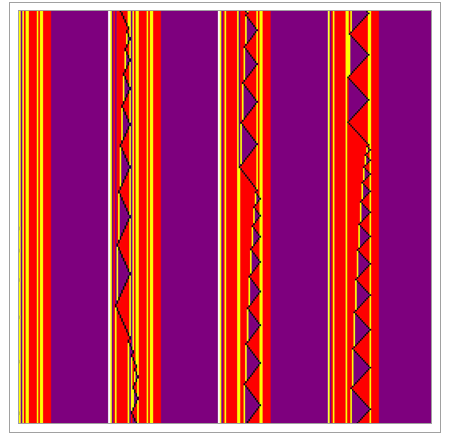Alumni

Bio
Juan was born on January 21st, 1986 in the State of Mexico, Mexico. During high school he took several courses on electronic engineering and was awarded by the SEP (Mexican Council of Education) for his work in developing a seismic alarm.
In 2004 he attended UAM (Metropolitan Autonomous University) in Mexico City, one of the best universities in the country. There he got a bachelor’s degree in Computer Science with the thesis “Development of a Virtual Robot Based in a Non–Cartesian Navigation Model and Its Movement Surroundings”. Additionally, for three years he worked as a Teaching Assistant in the Department of Systems, part of the engineering division of the university.
After graduating, he became part of ISISA (Automotive Systems Engineering), an interdisciplinary group that is part of the second-best university in the country, the IPN (National Polytechnic Institute). Here, he has developed different projects for enterprises as important as CFE (Federal Commission of Electricity) and the IPN.
In 2011, he entered the master’s program in Computer Science in the CIC (Computer Research Center) of the IPN. He developed the thesis “Ciphering and Deciphering of Patterns Using Reversible Cellular Automata.”
Nowadays, he is very interested in cryptography, cellular automata, and complex theory.
Project: Find Reversible 2D CA
My project aims at finding some reversible 2D-Cellular Automata by considering different grid dimensions as well as a different number of states. Further, all simulations will be based on a von Neumann neighborhood and periodic boundary conditions. Thus, we need to look for an approach to find reversible Cellular Automata. One way to do this could be to design an algorithm that looks for cycles in the transition diagram of the Cellular Automata at stake.
In such reversible Cellular Automata, every state has only one predecessor, i.e., there is only one way to reach some state from a previous one. If this is the case, then all the transition diagram form a cycle. Hence, if such a cycle exists for a given cellular automaton, it could be reversible.
In the next stage, reversible Cellular Automata could be used to encrypt messages; this is due to their capacity to go back in time and recover an initial configuration. So, for example, if we insert a message into a 2D grid and let the Cellular Automata evolve for t steps, then we could get an encrypted message. Later, we can use the encrypted message as an initial configuration for the Cellular Automata and go back in time to recover the original message.
Favorite Four-Color, Four State Turing Machine
Rule 4802885796760390665155
